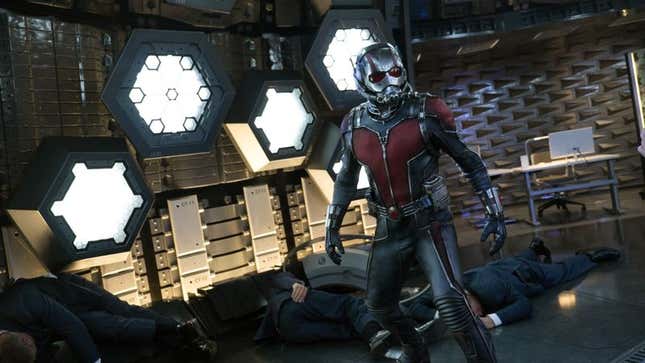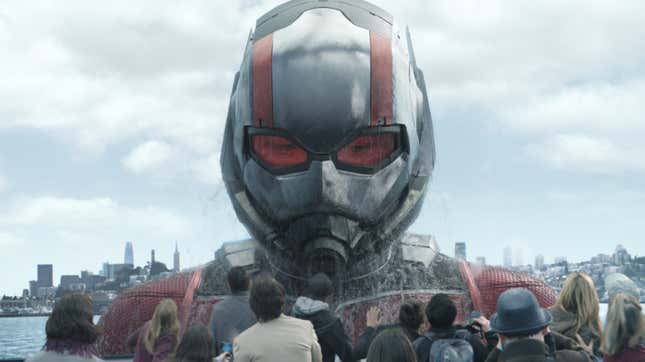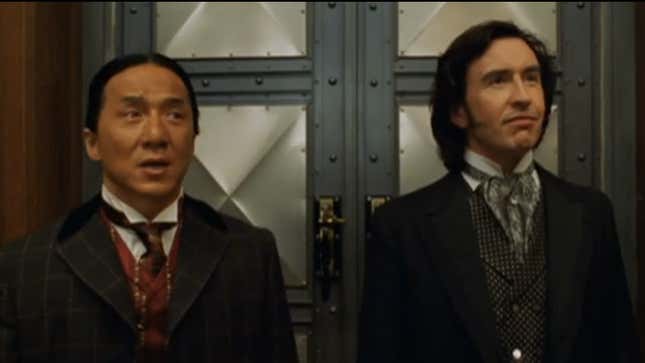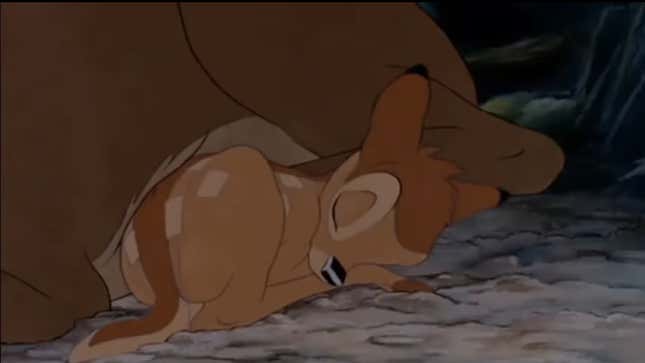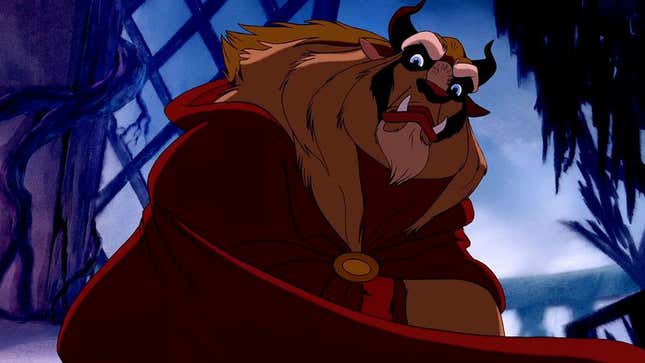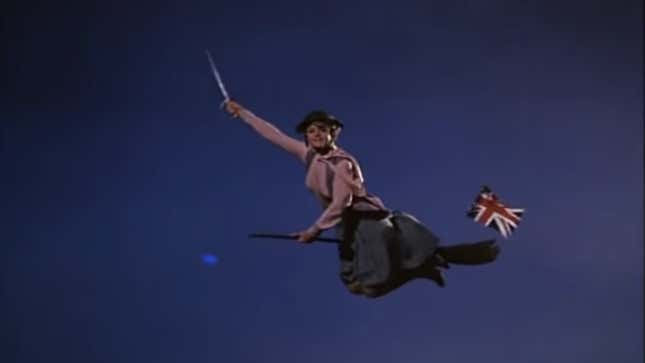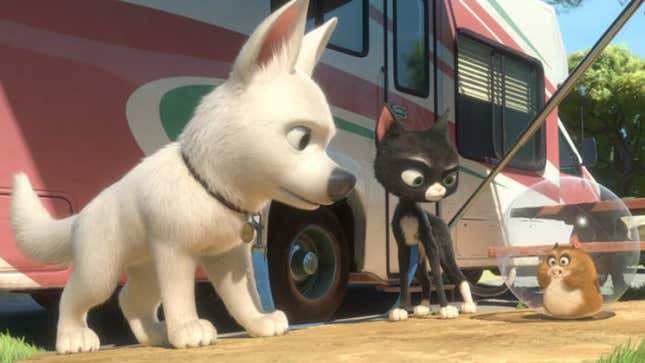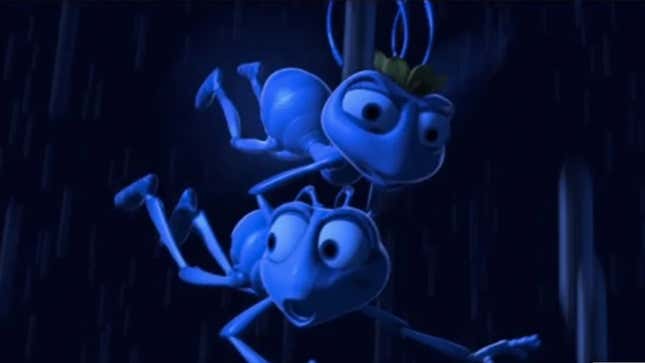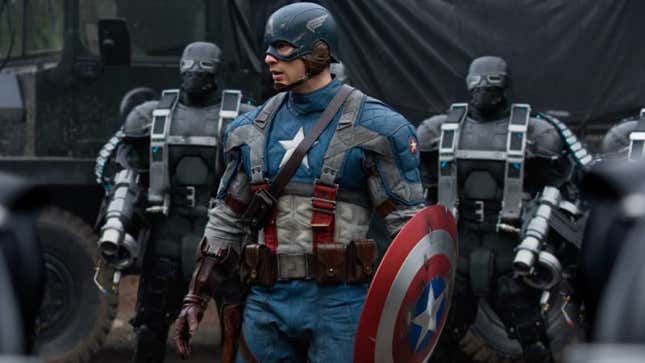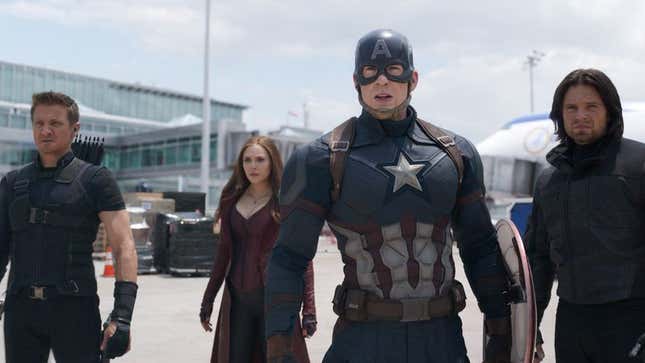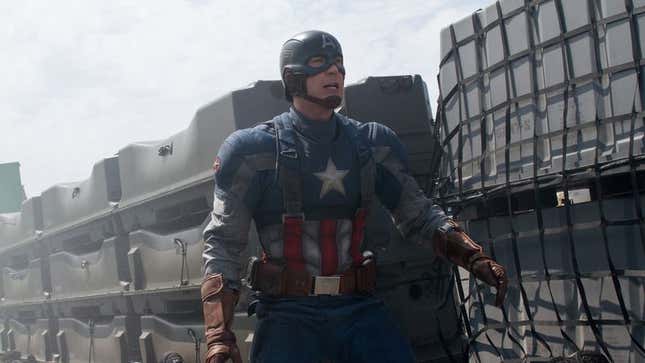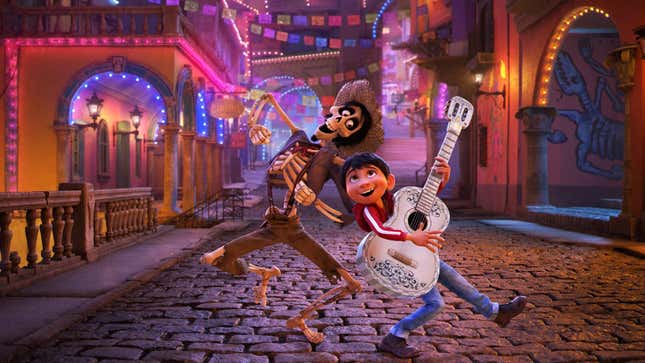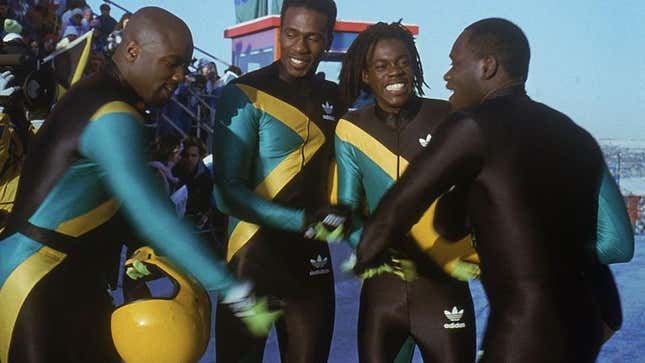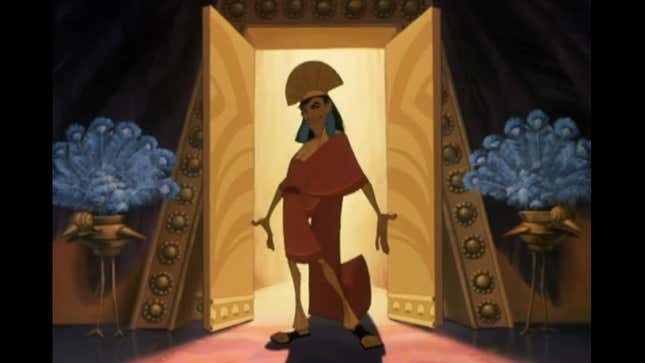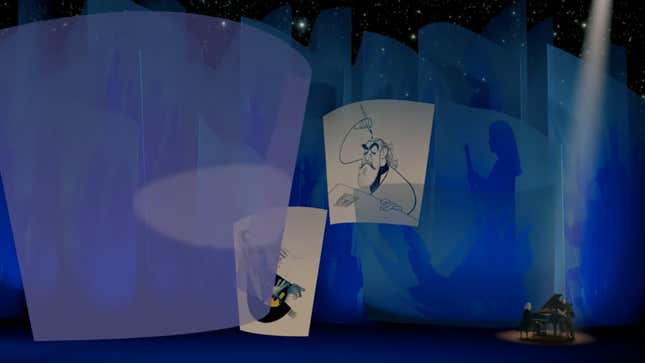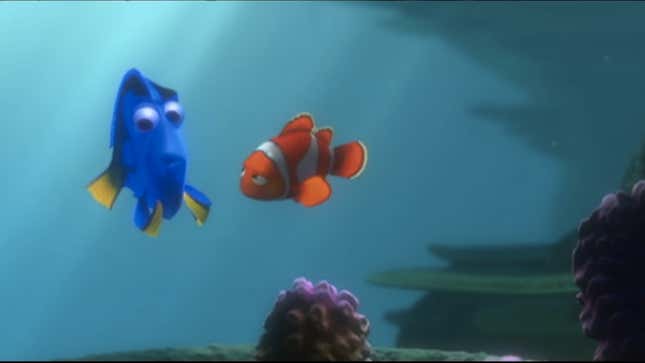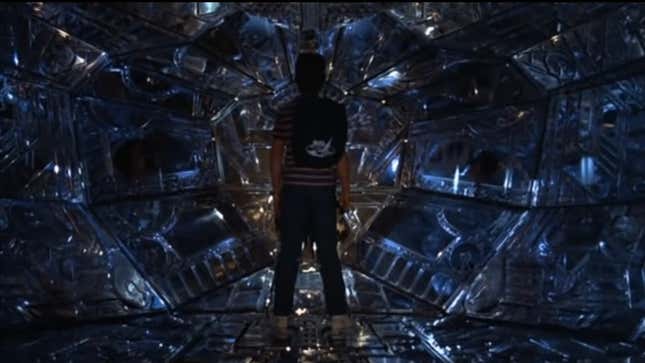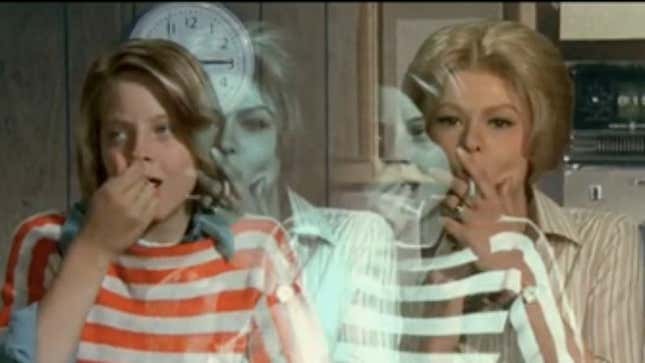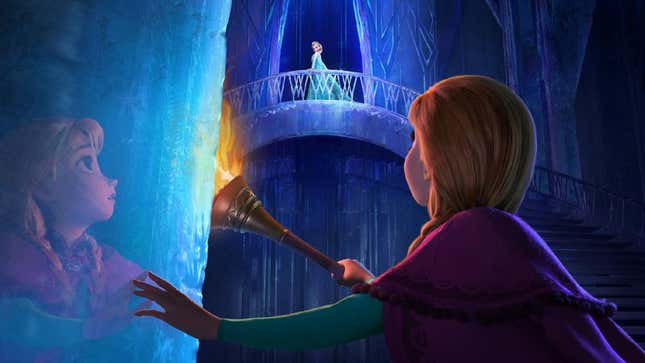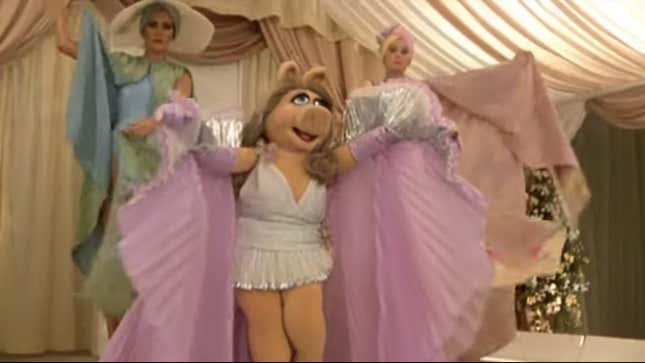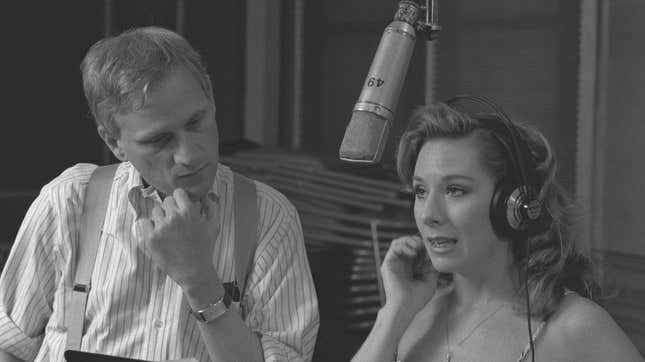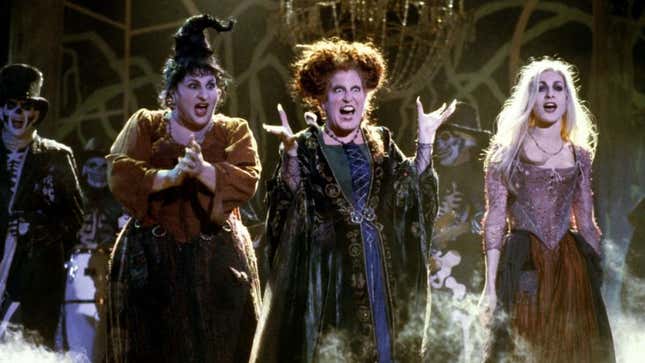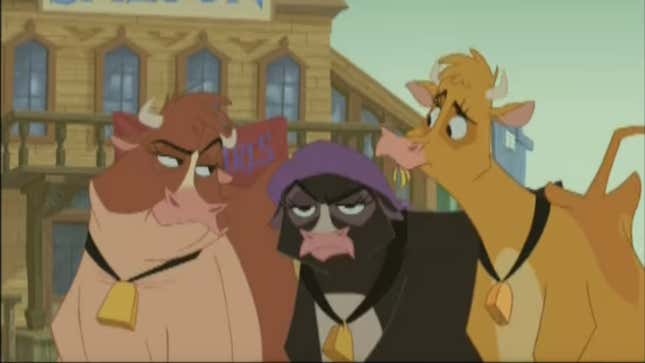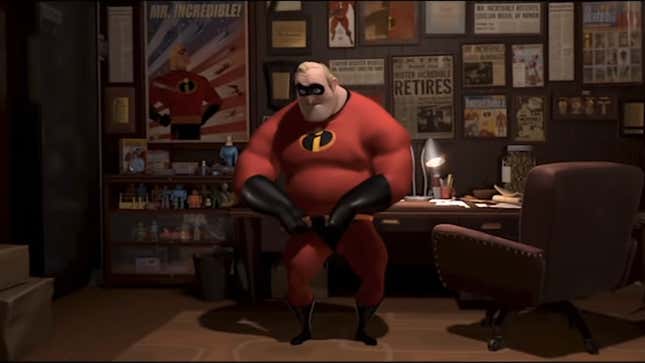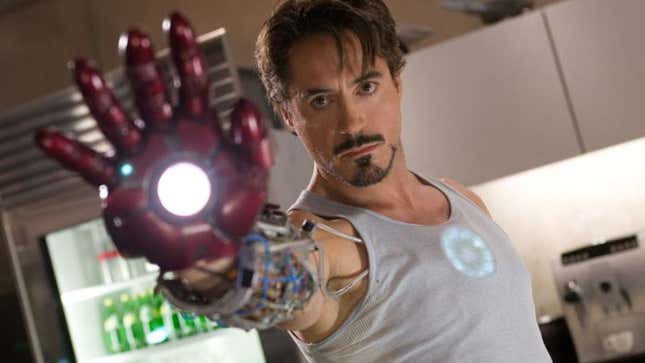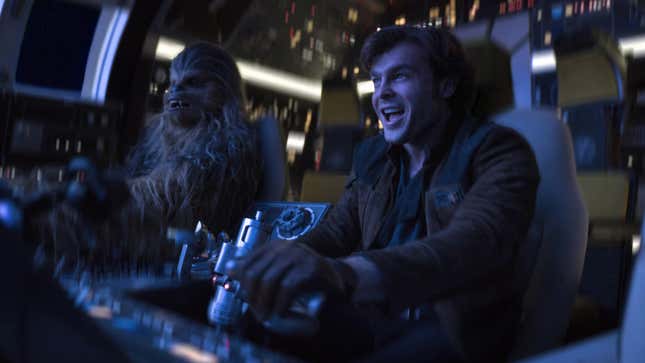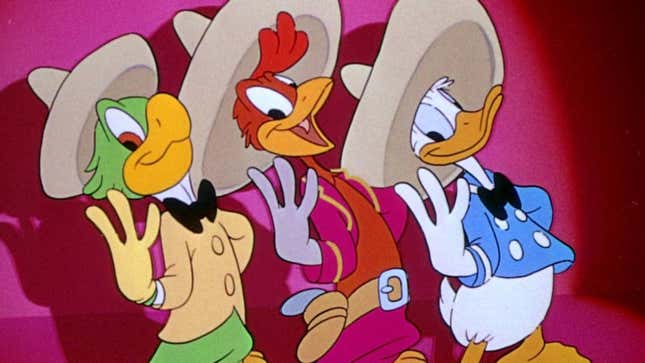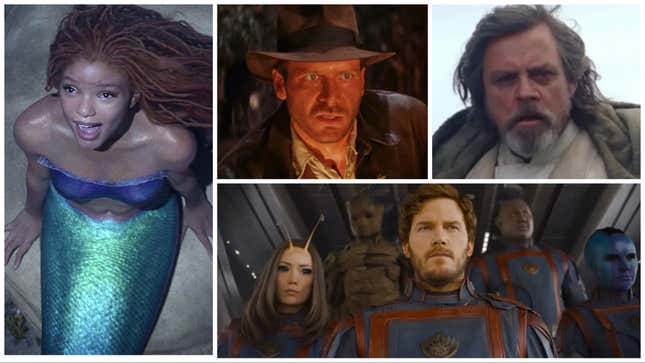
Of all the streaming services, Disney+ has the most desirable IP sitting around waiting to be exploited (meaning content already bought and paid for), like the Star Wars, Pixar, and Marvel franchises, and the Indiana Jones series. But ever the firehose of sequels and remakes, Disney+ also has both the animated and live action versions of The Little Mermaid for your undersea enjoyment.
But even if you’re not an Indy, Avatar, or Guardians fan (and if you’re not, seriously, what is your deal?) The A.V. Club is here to guide you toward plenty of other hits and hidden gems you likely already know and love. For every Avengers and Black Panther: Wakanda Forever, there’s also a Rocketeer. All four Toy Story films are available, but don’t forget underrated animation like The Emperor’s New Groove or Mars Needs Moms. And thank goodness for classics like Cool Runnings, Freaky Friday, and Who Framed Roger Rabbit. So it’s safe to say that we’ve rounded up all currently available Disney+ movies— reviewed or otherwise lauded on The A.V. Club over the years—that are most likely to put a smile on your face.
This list was updated on September 9, 2023.


